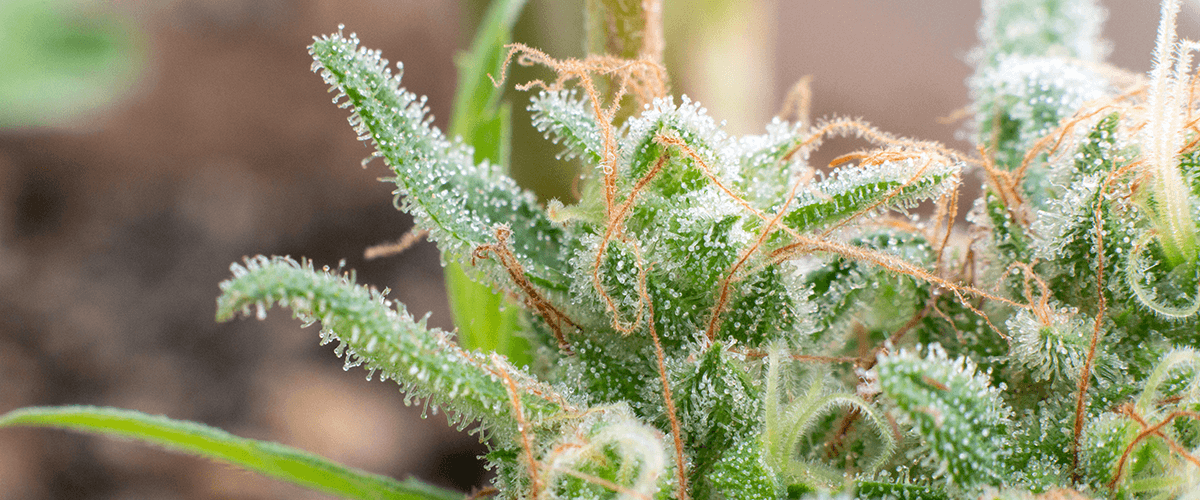
The more science discovers about cannabis, the more complicated we realize the plant is. It's not just THC and CBD that work together to create the plant's effects; it's a mix of hundreds of different cannabinoids. And then, it's not just cannabinoids; hundreds of terpenes also alter and enhance the effects of other compounds. Cannabis is a complicated, fascinating topic. Fortunately, though, trichomes are a little bit easier than some things to understand.
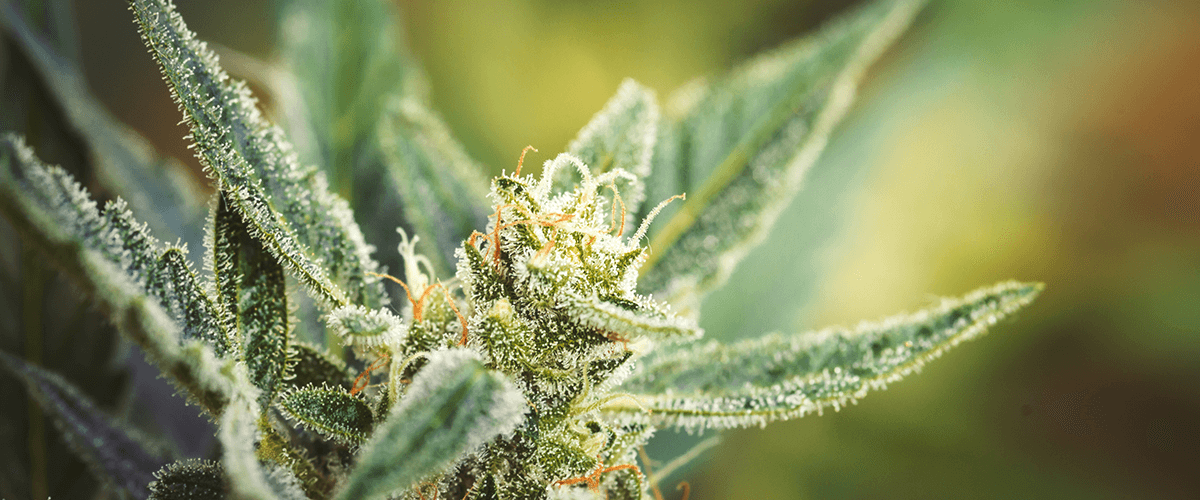
Trichomes are physical structures on the cannabis plant, not chemical compounds. Whether you realize it or not, if you've ever held a bud of marijuana in your hand, you've seen trichomes. From a distance, seen with the naked eye, they look like a pale, frosty layer of tiny crystals on the green bud. The word "trichome" is derived from "Trichōma," a Greek word meaning "growth of hair." If you look at the same bud under a microscope, that's exactly what you'll see: thousands of tiny pale hairs. Zoom in even closer, and you'll see that each individual trichome is capped by a bulbous mushroom head.
Trichomes aren't unique to cannabis. Many plants have them. Trichomes are defined as "fine outgrowths or appendages on plants, algae, lichens, and certain protists." Trichomes can produce terpenes that aid plants in their defense against fungi, insects, and larger animals, and can be used by carnivorous plants to attract prey. In cannabis, the trichomes also contain the bulk of the plant's cannabinoids, terpenes, and flavonoids – all of the "good parts" of cannabis.
Take note, though, that just because a bud is dense with trichomes doesn't mean it'll be correspondingly potent. Your bud might be producing more non-psychoactive CBD than THC, for example – you wouldn't necessarily know, as they are both produced in the heads of trichomes.
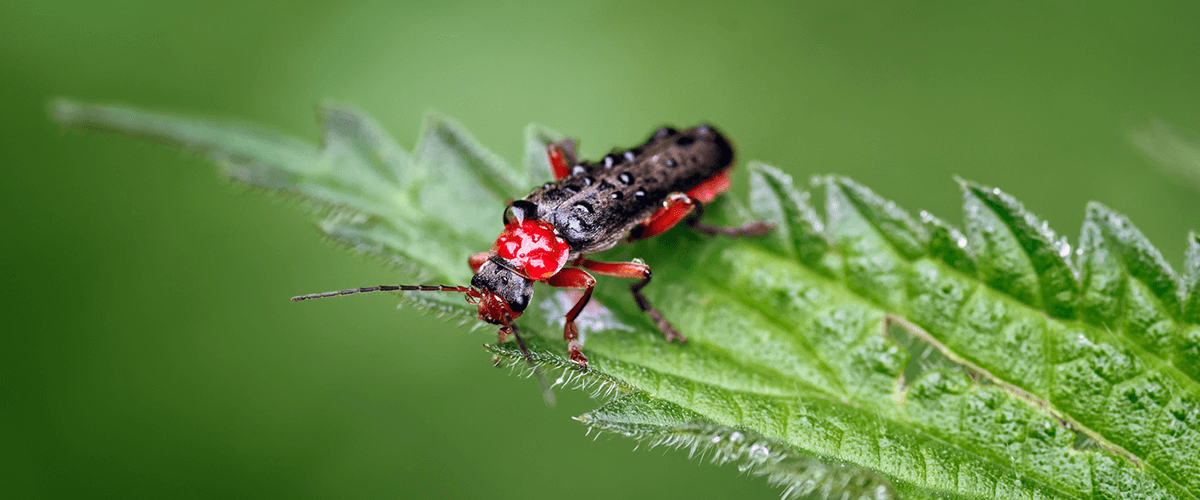
For cannabis, trichomes are produced mainly for defense. When female cannabis plants are flowering, they are susceptible to a variety of dangers such as insects, animals, and UV radiation. Trichomes produce strong scents and tastes that deter many animals, and the sticky coating of the trichomes themselves keep away some insects. The resinous outer layer also provides some defense against adverse weather conditions such as strong wind or harsh sunlight.
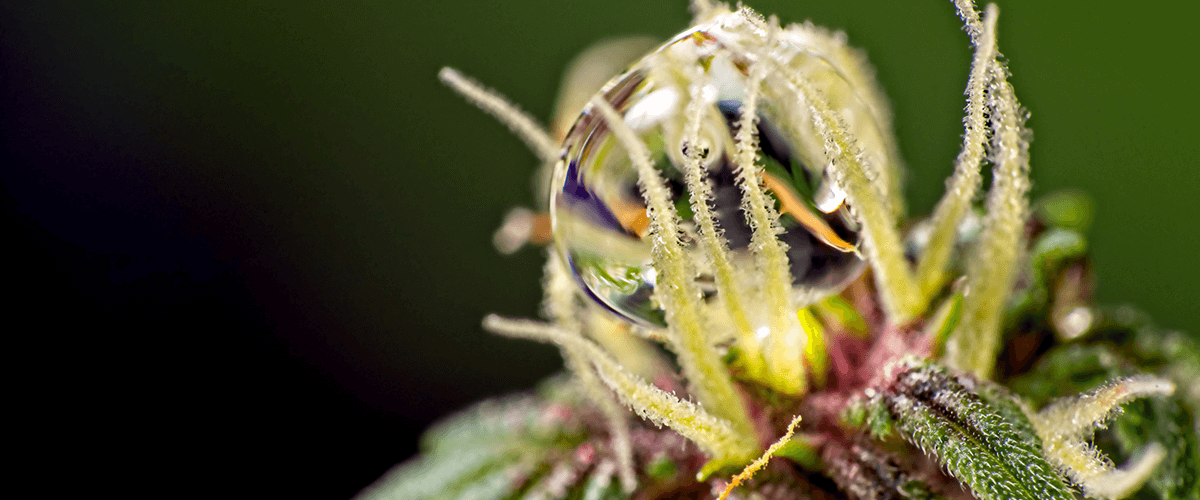
There are many varieties, shapes, sizes, and functions of trichomes on various plants, but there are three that appear on cannabis plants:
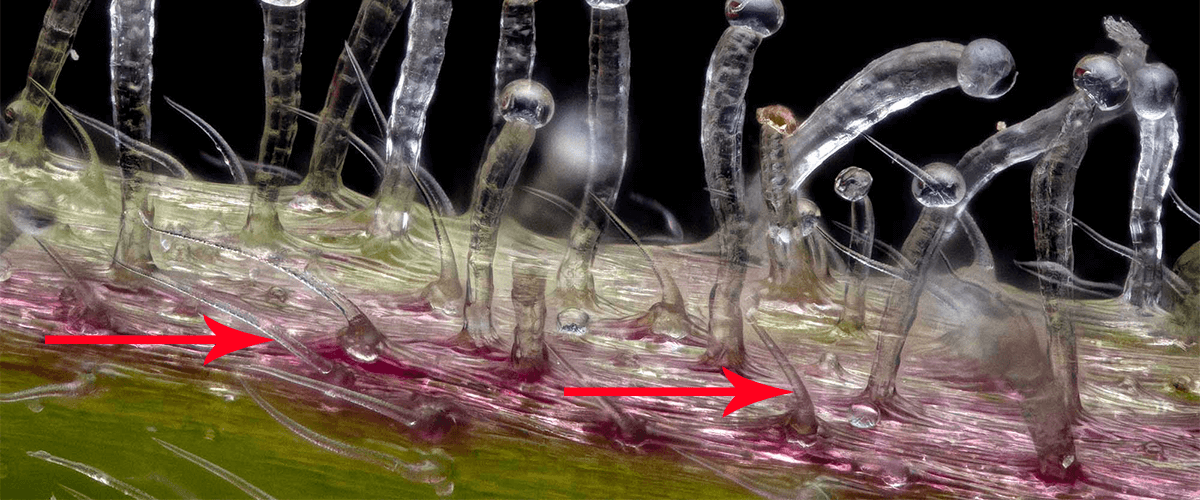
Are the smallest of the three. This trichome variations cover the surface of the entire cannabis plant and can be as small as ten to fifteen micrometers – small enough that a single bulbous trichome may comprise only a handful of cells.
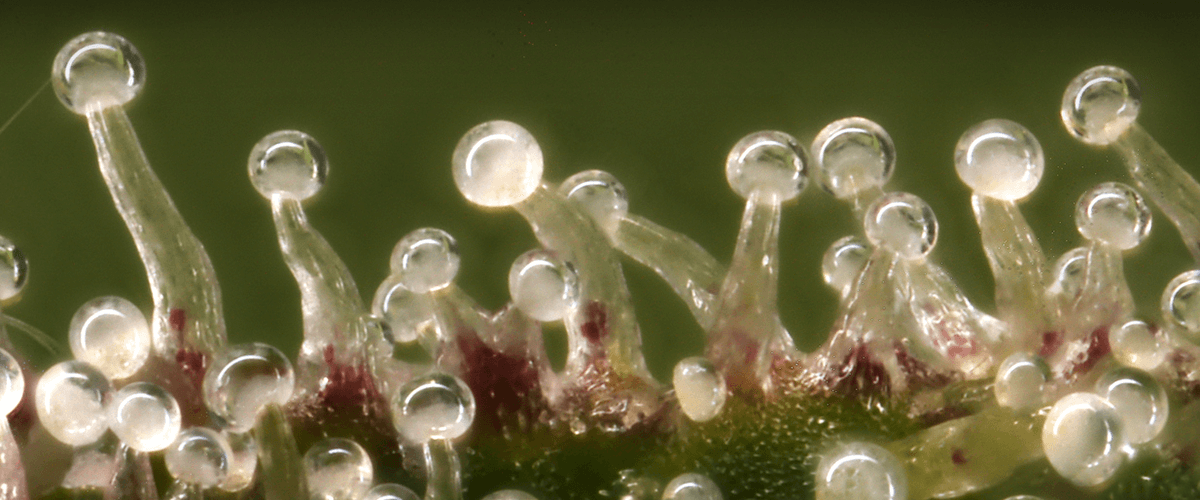
Are larger than bulbous trichomes, and have a bulbous head at the end of a narrow stalk. These are the "middle" trichome in every way when it comes to cannabis – they are bigger and more plentiful than the bulbous trichomes, but smaller and fewer than the third type.
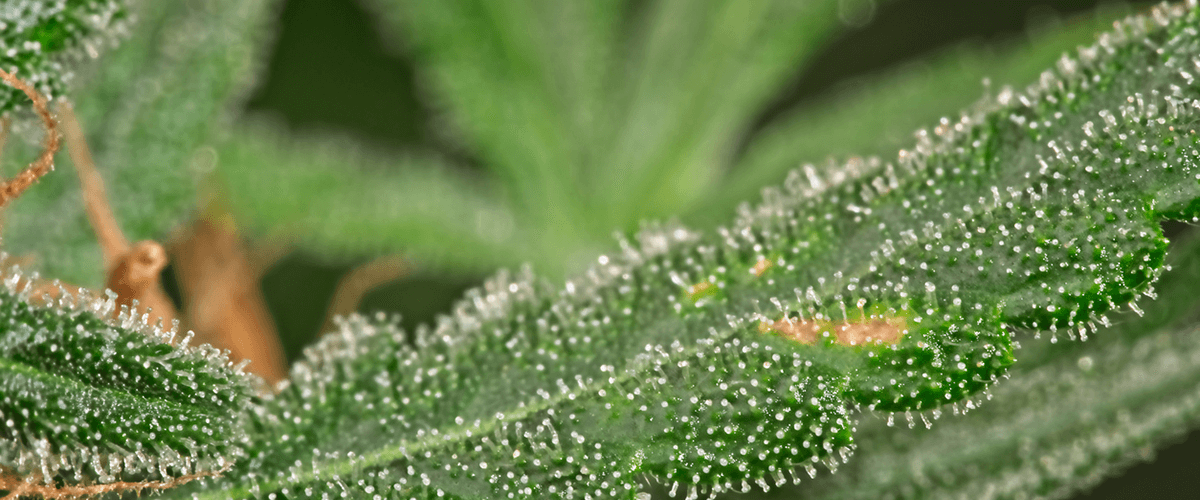
Can range from about 50 to 100 micrometers wide. These are the only ones that are large enough to see with the naked eye and look like the previously mentioned coating of white crystals. These trichomes have a (comparatively) thick stalk, with a layer of hypodermal cells under the epidermal cells. These build up to a basal cell, which forms the basis of the gland head. The gland head is reinforced by a waxy cuticle layer and works like a factory that produces cannabinoids and terpenes.
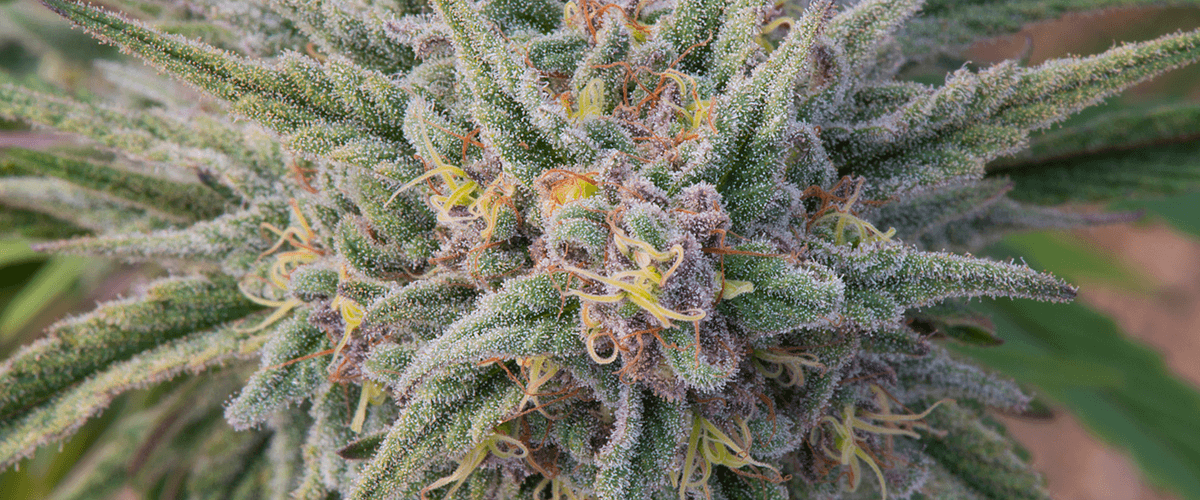
At a certain point during the life cycle of a cannabis plant, the trichomes grow. Then, they have their own life cycle. In terms of maturity and potency, the trichome follows the path of a parabola. Rising to a certain peak and then beginning to degrade. Visually, this change is represented by the trichome changing from clear, to white, to brown or amber. Most cannabis farmers aim to harvest their cannabis at the point where the trichomes have reached peak maturity so they will be as potent as possible.
To do this, they look for the visual cue: typically, they harvest when the trichomes are largely a milky white but have begun to shift toward amber. This indicates that the trichomes have reached maturity, but have not yet degraded in any significant way. Most cannabis growers harvest at that point, but not all. Depending on the batch's intended effects, growers might harvest when the trichomes are all a cloudy white for a more energetic high, or wait until amber for a more intense, couch-locking body high.
If growers wait too long, though, the gland head will eventually fall off. The gland head contains the plant's CBD and THC, so if they have already fallen off, it's too late. A new batch will have to be grown.
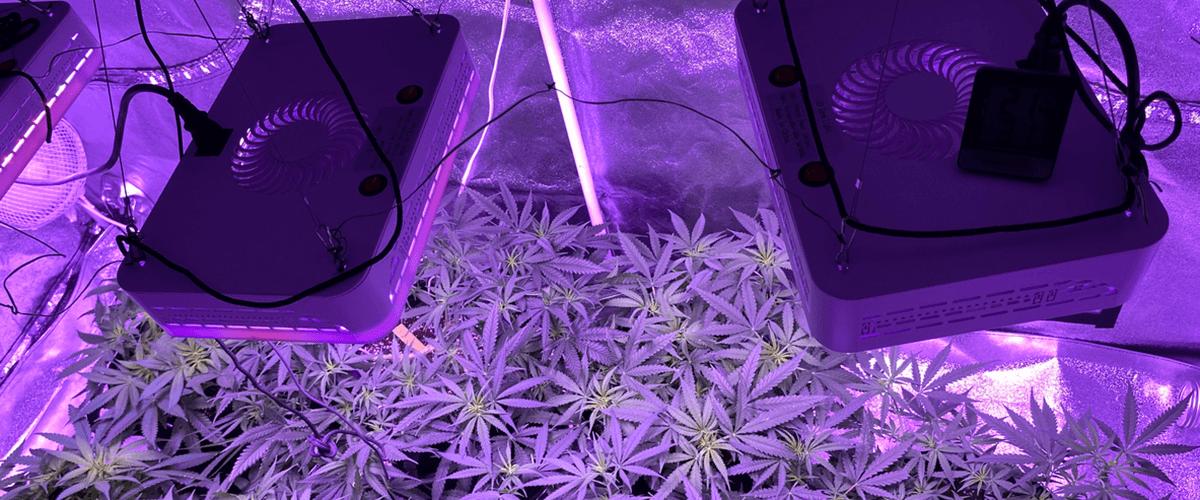
Trichomes are fragile things, and they can be disturbed or damaged by a wide variety of stimuli. Without their optimal spectrum of light, they can grow lacking flavour and potency. For this reason, LED lighting that is designed to emit this spectrum is often used rather than HID lights. After that, trichomes are still vulnerable to things like physical contact or jostling, heat, light, oxygen, and time. However, with proper handling, the trichomes can be preserved better, for longer amounts of time.
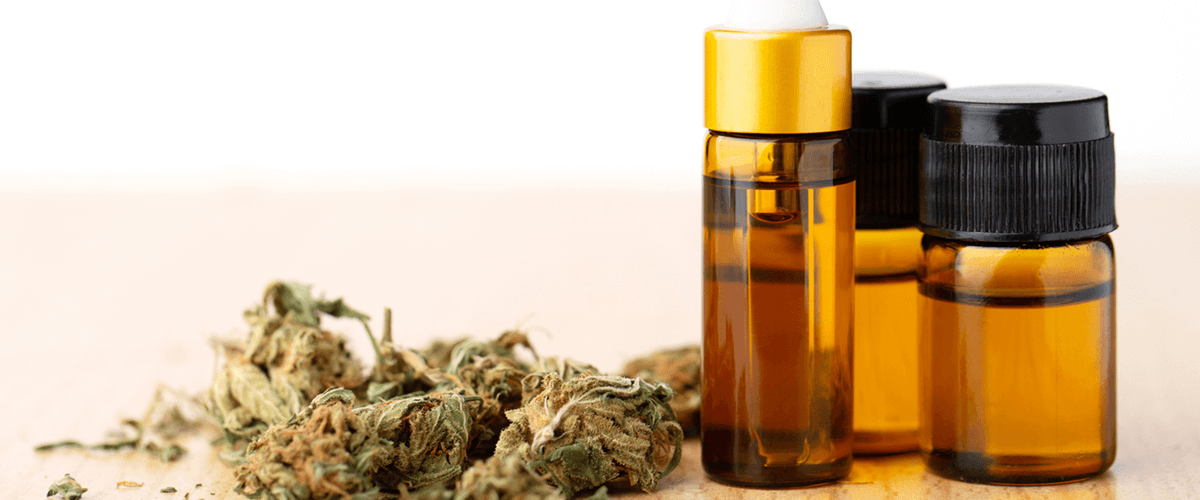
Resin farming is the process of separating the resinous trichomes from the rest of the cannabis plant, and distilling them into concentrates. Oil, shatter, and wax are all concentrates produced via the same method: separating trichome resin from the rest of the plant by using pressurized butane oil. This method is controversial, as it isn't at all safe for cannabis users to attempt at home.
However, professionally produced butane hash oil, or BHO, is the most common cannabis concentrate you can find in legal markets. It's simple, and not labour intensive, but the process is dangerous. First, there's the high chance that the butane will combust, and in its pressurized state, explode. Even a single, small spark can be enough to ignite the gas. On top of that, toxic butane molecules might stay in the resulting solution, and then enter your lungs along with the rest of the BHO. So, this method might not be the best option.
It's also possible to use high-proof alcohol as a solvent to cheaply, safely remove trichome resins from cannabis at home. Soaking cannabis bud in something like Everclear can be an easy, effective way to make a THC or CBD tincture at home. The simplest method of accomplishing this takes 30-60 days to steep but can be accelerated by adding heat or cold to the alcohol solution – although, since alcohol is flammable, this can be dangerous.
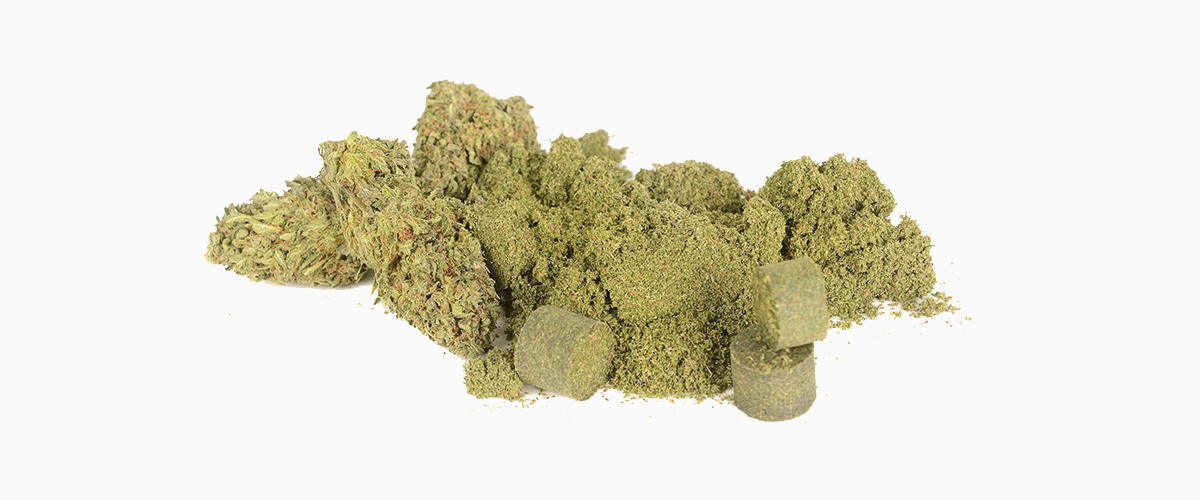
You may be familiar with the term "kief:" it refers to the separated resin glands of cannabis – the trichomes, once they have been scraped off the bud. A common way of gathering kief is to use a three-chamber grinder, where the top chamber grinds the bud, the middle chamber collects the ground weed, and the third chamber, below a fine mesh, collects kief. This finely ground material is extremely potent, for the simple reason that it is almost entirely composed of the THC-containing trichomes.
Kief can be used for many things – scoop some into a joint for a little bit of an extra punch, add it to a bowl of grass, or sprinkle it on food. However, if you do add it to food, remember to add it during the pre-baking phase. Until you've decarboxylated the weed, it will contain THCA instead of THC, and you won't experience the psychoactive effects you're hoping for.